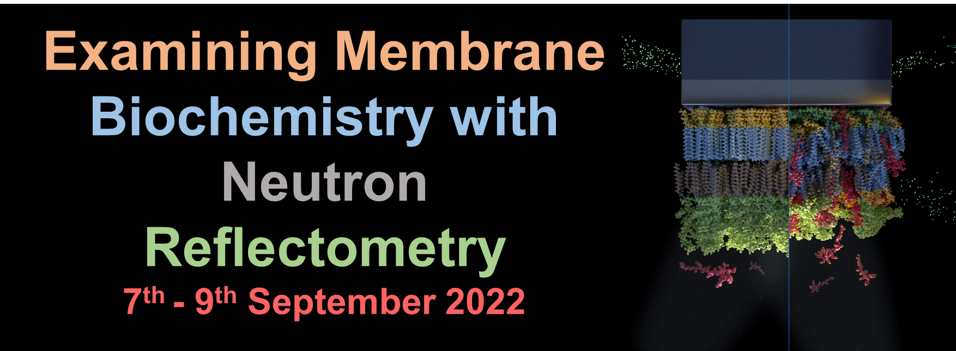Speaker
Description
Rising antimicrobial resistance represents an ongoing global challenge. Antimicrobial peptides have shown promise in overcoming some of the limitations of traditional small molecule antimicrobials, where resistance can be typically easily acquired, yet can still be targeted by secreted proteases, typically display high cytotoxicity against mammalian cells and are synthetically expensive to produce. We have developed synthetic polyacrylamide-based polymers with chemical functionality mimicking that commonly found amongst antimicrobial peptides. These polymers have been shown to be active against clinically relevant Gram-negative bacteria, and simultaneously non-toxic towards mammalian cells. With such a wealth of synthetic possibilities offered by modern controlled radial polymerisation techniques such as reversible addition-fragmentation chain transfer (RAFT) polymerisation, there emerges a requirement to understand the structure-function relationship of synthetic antimicrobial polymers in order to design the most optimal polymeric architectures for the clinical setting.
In this talk, we present our recent work to link the molecular properties of synthetic cationic polymers to their ability to disrupt bacterial membranes. We have synthesised a small library of cationic antimicrobial polymers differing in block segmentation, molecular weight and cationic moieties. Using a variety of model membranes at the solid-liquid and air-liquid interfaces, we have used neutron reflection to gain a detailed molecular understanding of the interaction of these polymers with mimics of bacterial membranes. These results, corroborated by in vivo assays and a range of complementary biophysical techniques, will enable the optimal design of the next generation of synthetic antimicrobial polymers.

